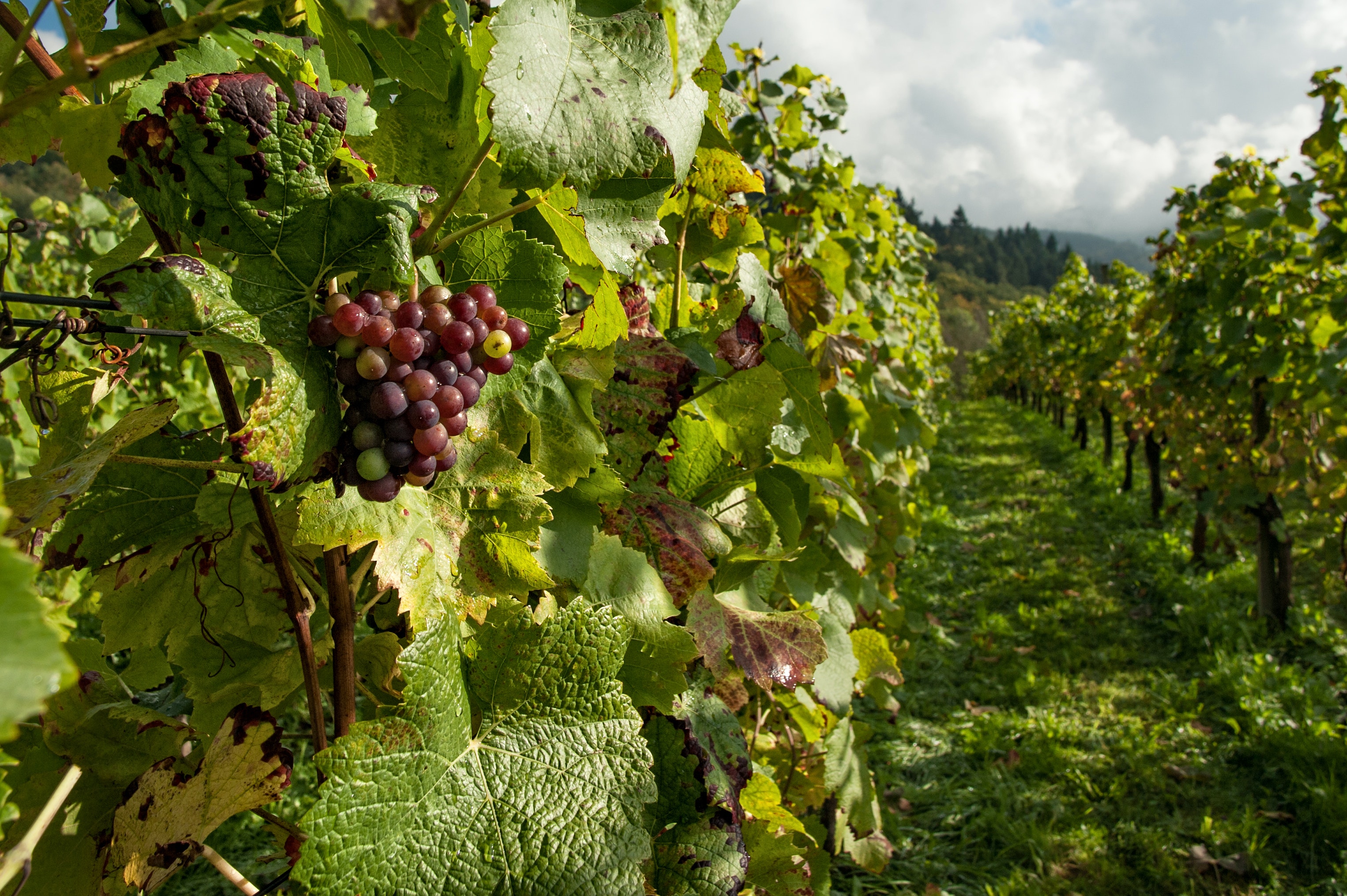
About 30 years ago, an invasive insect known as the glassy-winged sharpshooter arrived in Southern California from the Southeastern United States and began to feed on grapevine sap. With it came a new outbreak of the bacterium Xylella fastidiosa, which infects grapevines with Pierce’s disease and kills the plant by clogging its water-conducting vessels. Present in many regions of the state, the disease has presented serious challenges for the greater U.S. grapevine industry since the 1890s.
Long-term research, monitoring, and biocontrol programs have largely contained the introduced pathogen-carrying insect within Southern California and the southern Central Valley. Now research from professor Rodrigo Almeida and professor emeritus Alexander Purcell, both in the Department of Environmental Science, Policy, and Management, suggests that climate change could create more favorable conditions for outbreaks of a pathogen spread by the glassy-winged sharpshooter and other native insect vector species.
In an Inside Climate News article published in February, Almeida, an expert on emerging vector-borne plant diseases, discusses how warmer winter temperatures would likely increase the survival of Xylella infections, the chronicity of the outbreaks, and the timeframe in which infections can occur. Matt Daugherty, an plant pathogen expert and Cooperative Extension specialist at UC Riverside who is a former-postdoctoral researcher in Almeida’s lab, discusses the disease and risk from native insect species acting as vectors in the article.
“It’s easy to see how warming temperatures will exacerbate both phenomena—increasing the time window for more successful infections and impeding winter recovery,” says Almeida in the article.
Purcell, a leading Pierce’s disease expert who was also Almeida’s former advisor in the College, is also featured extensively in the article for his pioneering research on the pathogen starting in the 1970s. Purcell’s research helps explain why the disease is much more severe in mild climate regions such as Texas and Florida, where the disease's symptoms are seen much earlier than in California. “Climate has so much to do with the ecology of this bacteria,” says Purcell in the article.
Research on Pierce’s disease at the College goes back to the 1940s and has extensively informed crop management across the state. The article also references a 2019 study from a group of researchers in the Department of Plant and Microbial Biology—co-authored by postdoctoral researchers Clelia Baccari and Elena Antonova and professor Steven Lindow—which found that a beneficial bacteria could be used as a biological control for the management of Pierce's disease.
Read the Inside Climate News feature article to learn more about Pierce's disease and climate change.
